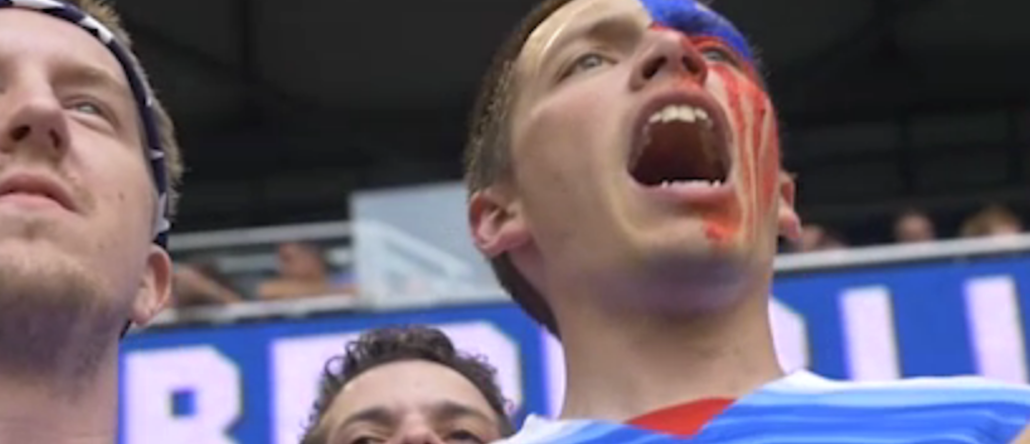
With the future of banner advertising looking bleak, advertisers are turning to editorial-like native ads to cut through the ad clutter. But getting enough distribution for native continues to be one of their biggest challenges.
The latest company trying to solve the problem is Starcom Mediavest Group. The Publicis Group agency is introducing new products that let clients do video and native advertising at scale in real time. This is an expansion of its year-old tech platform Content@Scale, which started with display ads.
“It enables brands to deliver compelling messages to their audience while following the form and function of the environment the content is ultimately served,” said Lisa Weinstein, president of global digital, data and analytics at Starcom Mediavest Group. “And this is all done at scale.”
Mondelēz International is the first to take advantage of the video offering, powered by video ad company Innovid, with a summer campaign for its snack brands including Ritz, Chips Ahoy and Trident called #PassTheLove. The campaign (shown in main image) rallies in support of the U.S. women’s national soccer team and was created by Mondelēz’s in-house Blink Studio with social news publisher NowThis.
Part of the scale issue for brands is producing interesting content on an ongoing basis. SMG solves for this by giving clients the ability to access a library of more than 200,000 pieces of content from more than 36 publishers including CBSi, Popsugar and AOL. SMG is using Nativo, a programmatic native ad company, to serve the brands’ ads across multiple publisher sites and apps. Publishers get a cut of the revenue and a link back if their content is used.
The motivation behind SMG’s move is clear: Digital video advertising is the second-fastest segment of online advertising after mobile, forecast to grow 15 percent (CAGR) to $6.5 billion by 2019, according to PwC’s Global Entertainment and Media Outlook 2015-2019. And U.S. spending on native advertising is projected to more than double to $8.8 billion in 2018 from $4.3 billion in 2015, according to eMarketer.
Once marketers have enough content, distributing it at scale is the next step. “One of the key hurdles for brands today is the ability to distribute the branded content they’re creating,” said Andy Seibert, managing partner of Sullivan’s content lab, Imprint.
Ad position: web_incontent_pos1
Agencies are new to native and content distribution, which means a lack of consistency and best practices, said Todd Sawicki, CEO of Zemanta, a native ad platform. “The lack of effective distribution programs holds back spending on content,” he said. “If I understand how and at what cost I could do that, then I would understand the whole ROI on my content program. Time will solve this problem for sure. And a maturing content tech ecosystem will help, too.”
Finally, another friction point comes in placing ads with multiple publishers, all of which have different ad specs. “The biggest limitation is lack of standardization, largely on the supply side,” Weinstein said. “We’re working very closely, as many are, with all of our publisher partners, to solve for this.”
Image courtesy of SMG/Mondelez.
More in Media

NewFronts Briefing: Samsung, Condé Nast, Roku focus presentations on new ad formats and category-specific inventory
Day two of IAB’s NewFronts featured presentations from Samsung, Condé Nast and Roku, highlighting new partnerships, ad formats and inventory, as well as new AI capabilities.

The Athletic to raise ad prices as it paces to hit 3 million newsletter subscribers
The New York Times’ sports site The Athletic is about to hit 3 million total newsletter subscribers. It plans to raise ad prices as as a result of this nearly 20% year over year increase.

NewFronts Briefing: Google, Vizio and news publishers pitch marketers with new ad offerings and range of content categories
Day one of the 2024 IAB NewFronts featured presentations from Google and Vizio, as well as a spotlight on news publishers.
Ad position: web_bfu